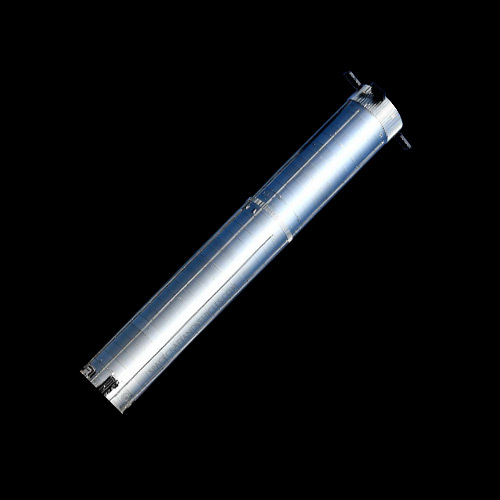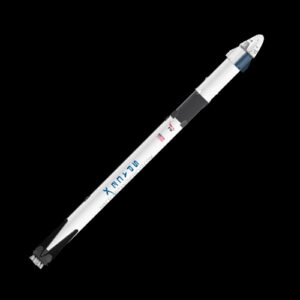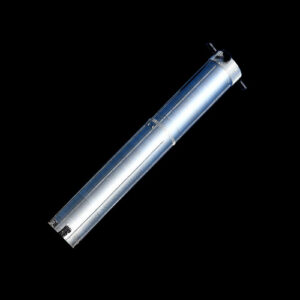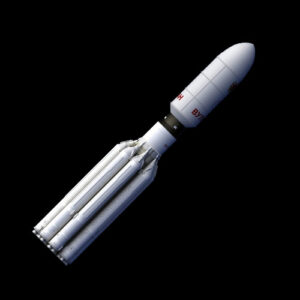The SpaceX Super Heavy, also known as the SpaceX Super Heavy Booster, is a crucial component of SpaceX’s Starship launch system. Designed to be the most powerful rocket ever built, its purpose is to provide the necessary thrust to propel the Starship spacecraft to Earth orbit, the Moon, Mars, and beyond. Notable for its potential to revolutionize space travel and colonization efforts, the SpaceX Super Heavy represents a significant advancement in rocket technology and humanity’s quest for interplanetary exploration.
Design and Construction
The SpaceX Super Heavy features a massive first stage powered by multiple Raptor engines, utilizing liquid oxygen (LOX) and methane (CH4) as propellants. Constructed primarily from advanced aerospace-grade alloys and composites, the Super Heavy incorporates cutting-edge technologies such as full-flow staged combustion engines and advanced avionics for autonomous flight and landing. Unique engineering challenges overcome during its development include optimizing engine performance, structural integrity, and reusability to reduce the cost of space access.
Mission Objectives
The primary mission objective of the SpaceX Super Heavy is to enable the transportation of large payloads, crewed missions, and colonization efforts to destinations such as Mars and beyond. Secondary objectives include supporting satellite deployment, space tourism, and lunar exploration missions, thereby expanding humanity’s presence and capabilities in space.
Launch and Deployment
The SpaceX Super Heavy is intended to launch from SpaceX’s facilities at the Kennedy Space Center in Florida, USA. As of the latest information available, no specific launch date has been announced for the Super Heavy’s maiden flight. However, key milestones are expected to include testing of the booster’s propulsion systems, stage separation, and controlled descent and landing.
Technical Specifications
- Dimensions: Height: Approximately 70 meters, Diameter: Approximately 9 meters
- Weight: Approximately 3,000 metric tons (at liftoff)
- Payload Capacity: Up to 100 metric tons to low Earth orbit (LEO)
- Propulsion System: Multiple Raptor engines utilizing liquid oxygen (LOX) and methane (CH4)
- Power Source: N/A (Rocket itself is not powered)
- Instruments and Equipment: N/A (Designed for payload delivery)
Current Status
As of 2024, the SpaceX Super Heavy is in the developmental phase, with prototype testing and infrastructure construction underway. The first orbital flight of the Super Heavy booster is anticipated in the near future, paving the way for crewed missions to Mars and beyond. SpaceX continues to refine and optimize the Super Heavy’s design and capabilities to meet the demands of future space exploration endeavors.






